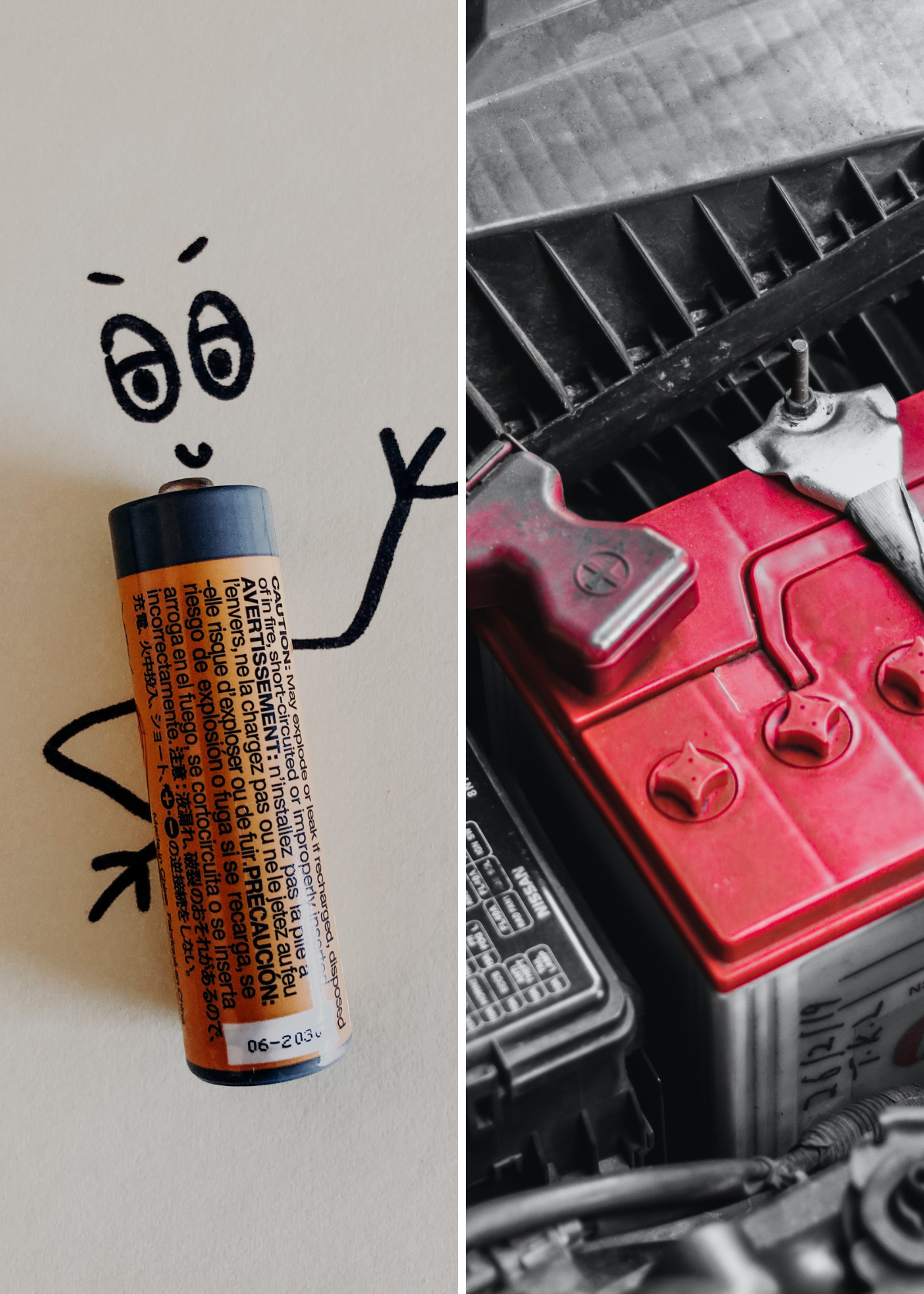In the dynamic world of renewable energy and electric vehicles, battery technology is a critical factor in performance and sustainability. Lithium iron phosphate (LFP) batteries stand out for their safety, longevity, and eco-friendliness, surpassing traditional lithium-ion batteries. This article examines the superior lifespan of LFP batteries and the reasons behind it.
Understanding LFP Chemistry
LFP batteries, composed of lithium, iron, and phosphate, feature a unique crystal structure that minimizes thermal runaway risks, enhancing safety. Their stability during charge-discharge cycles is a key advantage, contributing to a longer lifespan compared to lithium cobalt oxide (LiCoO2) batteries, which are susceptible to thermal runaway and related safety issues.
The Impact of Charging and Discharging Cycles
Longevity in batteries is measured by charge-discharge cycles. LFP batteries can endure many cycles with minimal degradation, making them ideal for applications like electric vehicles, where frequent cycling is common.
Temperature Sensitivity and Thermal Management
Temperature extremes can degrade batteries, but LFP batteries show remarkable thermal stability, lessening the risk of temperature-induced degradation. Effective thermal management systems can further extend their lifespan by maintaining optimal temperature conditions.
Comparative Analysis with Other Battery Technologies
When compared to other technologies like LiCoO2 and nickel manganese cobalt oxide (NMC), LFP batteries demonstrate superior cycle life due to their inherent stability and resistance to thermal degradation, making them a top choice for applications requiring long-lasting batteries.
Applications in Electric Vehicles
The automotive industry's move towards electric vehicles (EVs) has highlighted the need for durable batteries. LFP batteries are gaining popularity in the EV market for their long cycle life and safety, despite energy density being a factor for driving range.
Real-world Case Studies
Real-world use in industries such as renewable energy storage and electric transportation has proven the resilience and longevity of LFP batteries. For instance, electric buses in China and utility-scale energy storage projects have shown that LFP batteries maintain performance over time.
Environmental Impact and Sustainability
LFP batteries are more sustainable and less harmful to the environment than other lithium-ion batteries, especially those containing cobalt. Their safety profile also reduces the risk of environmental damage from battery malfunctions.
Challenges and Limitations
Despite their benefits, LFP batteries have a lower energy density than some lithium-ion variants. Ongoing research aims to improve this aspect while maintaining their favorable properties.
Conclusion:
LFP batteries indeed have a longer lifespan due to their chemical stability, thermal resistance, and cycle life. As the demand for sustainable and durable battery technologies grows, LFP batteries are becoming a preferred choice across various sectors.
Continuous research and technological advancements are likely to further enhance their performance and address current limitations, reinforcing their position in the future of clean energy.








